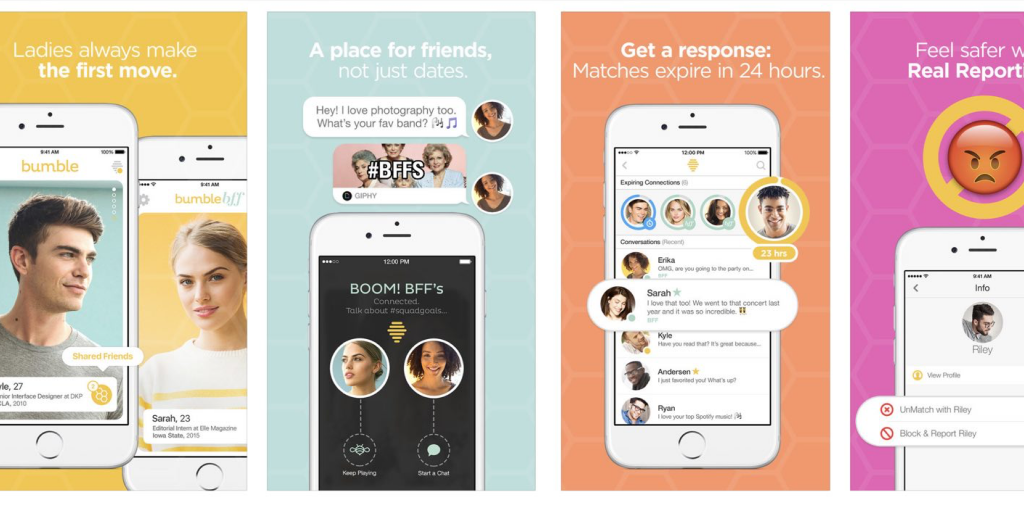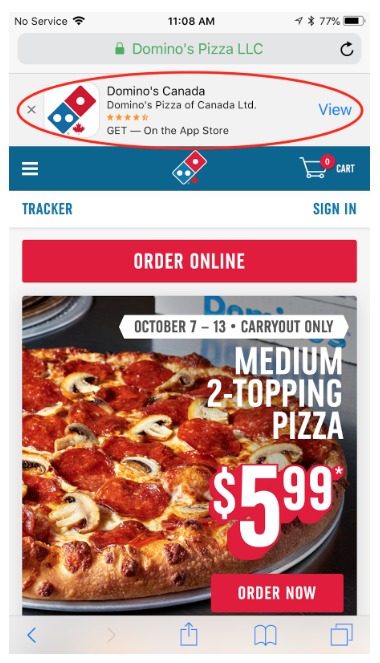
We have been developing mobile apps since 2009, which is before most people got their first iPhone! Over this time, we’ve learned a few best practices for maximizing app downloads and increasing engagement. There are many mechanisms to help the number of downloads for your app. In this article, we will cover what we feel are the top 5 which are free to do:
Number 5 – Social Media Posts
Social media channels such as Facebook, Twitter, and Instagram have become one of the key drivers for digital traffic. It goes without saying that having a good presence for your app is important. The key here is to have a consistent and constant feed about your app and its benefits. You can’t just do it once. Here are some suggestions of when and what to post:
- When your app first goes live.
- At its first week, 1 month, 6 months, and 1 year anniversary and how well it is going and being accepted.
- When you do updates of the app and talk about the new features.
- When you reach download milestones. 1000, 10000, 100000 so on
- When you receive a very good review on the store. Leverage it to create a case study post. It can be the same as your website blog post (see above) or perhaps a smaller version of it.
- Find friendly user and interview them and see why they use the app, their favourite feature, what they would like to see next. Again it can be the same as your website blog post or perhaps a smaller version of it.
There are tools to help you automate this entire process such as Hootsuite and Buffer so that you can just sit down once and create an elaborate post schedule for the next month, year, so on.
Number 4 – App Store Screenshots
Having great screenshots on your app store listing is one of the key methods to improve your app downloads. Yes, your description is also important and can help with App Store SEO; however, screenshots are vital once users have landed on your app listing page. People don’t like reading and a picture is worth a thousand words. Make sure to include screenshots that clearly highlight your features and do more than 1 or 2. Apple allows 10 screenshots while Google allows 8 so don’t be shy. One thing you can do as well is to edit the screenshots with an image editor to include a bit of text or arrows to augment your screenshots.

Number 3 Initial Downloads & Reviews
It is important for your app to have downloads and reviews as people like to know they are downloading something of value. Get your colleagues, friends, and network to download the app. Your employees should be a given. Now with reviews, it is a bit more tricky. Having your employees review your own app can be misleading and not recommended. People can tell when the reviews are too good to be true such as “the most amazing app ever”. People are also skeptical if they see a 5 out of 5 rating. Usually 4.x is the sign of an app that is very good and the rating is real. So if you have beta users or early adopters, get them to provide a review. Your app can also have a mechanism to request reviews from users from time to time but we find those generally ineffective.
Number 2 App Store Title
It goes without saying that your app should have a good title. The title is the #1 factor for App Store SEO so choose a good name. Also, realize that your app store name doesn’t have to necessarily match the actual name shown under the app icon on the phone. Apple allows 30 characters for the title while Google allows 50 characters. So again pick a name that will include the number one way users will search for your app.
Make sure that the title is simple, something like “The YOUR ORGANIZATION NAME Mobile App” Now we recommend putting the name of your organization and the term “Mobile App” after. If your organization is not well known, then perhaps something like “APP NAME – YOUR KEYWORDS” would work. Example: “Appyblog – The App To Help With Writing Blog Posts”. It should be whatever you feel is the number one way users will search for your app (outside of the app stores). Now we all think a bit differently so best to talk to your colleagues or friends and ask them what words they would use to find your app. Try not to lead them too much to match the words you think will be used as that will defeat the purpose. After about 10 people, you should be able to see a pattern develop.
Number 1 – Home Page Banner & Popup
The simplest and cheapest place to start is on your website. Letting users know that you have an app should be on the home page of your website. Likely in the header or the footer. We recommend using the standard Apple and Google download badges; however, other options can work such as a little mobile phone icon. We recommend placing them near your social media icons if you have any. Obviously, the badges and icons should link to the proper download URLs for each store.


Another approach that works really well but does require a bit more effort is to have a popup/banner appear on your website when visiting from your mobile. You might have seen those when visiting some popular websites.
Here is an example from Domino’s Pizza

That approach works really well to remind users that you have an app. You can also setup a cookie so if users decide not to download your app and close the popup, they are not reminded again until they clear their cookies.
By performing these simple steps, you should see an instant improvement in your app downloads. Now ultimately, your app needs to provide value to the end users but as long as you are not publishing another scientific calculator, you should be fine with these steps.
This top 5 was actually derived from our brand new “Guide to Marketing Your Mobile App” where we cover these 5 steps and many more.

Share This Article